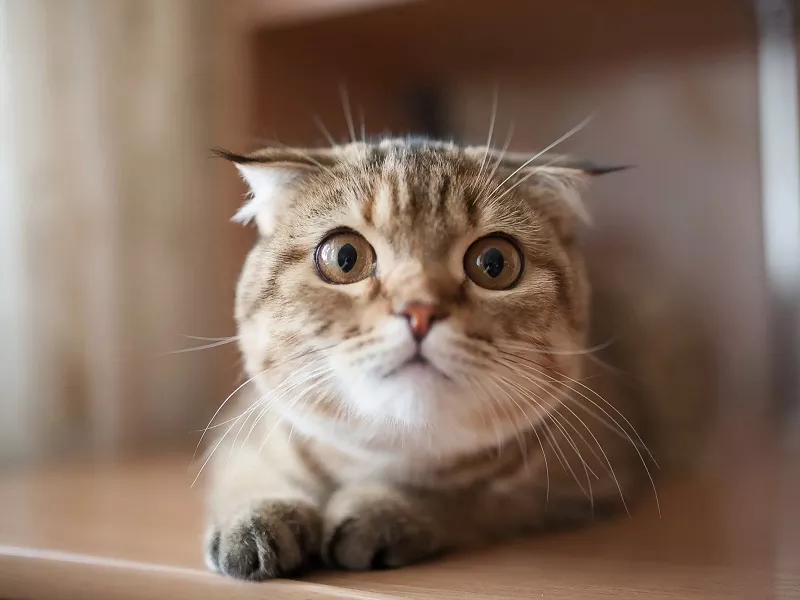As cat lovers and pet owners, one of our deepest concerns is the well-being and longevity of our feline companions. With numerous cat breeds to choose from, each boasting unique traits and characteristics, it is essential to understand their individual lifespans. In this article, we will explore the question of whether the Balinese cat is the longest living breed and delve into six key topics to shed light on this fascinating subject.
1. The Balinese Cat: A Graceful and Elegant Breed
Before delving into their lifespan, let us acquaint ourselves with the Balinese cat. This stunning breed is an offshoot of the Siamese cat, known for its striking blue almond-shaped eyes, large ears, and graceful, semi-longhaired coat. The Balinese cat is often referred to as the “longhaired Siamese,” and they exude elegance and charm.
2. The Myth of Nine Lives: Understanding Cat Lifespans
Cats have long been associated with the mythical notion of having nine lives, a belief rooted in folklore and storytelling. While this charming idea may be endearing, it is essential to separate fact from fiction when it comes to understanding the actual lifespans of our feline companions. In this article, we will delve into the reality of cat lifespans, exploring the factors that influence how long our beloved cats can live and how we can ensure they lead healthy and fulfilling lives.
Debunking the Nine Lives Myth:
The concept of cats having nine lives can be traced back to ancient civilizations, where cats were revered and considered symbols of luck and protection. The notion likely originated from their remarkable agility, keen senses, and ability to escape from dangerous situations relatively unharmed. Over time, this belief became ingrained in various cultures, leading to the popular saying that cats possess nine lives.
However, cats, like all living beings, have just one life, and their longevity depends on a variety of factors, including genetics, lifestyle, nutrition, and healthcare.
Understanding Cat Lifespans:
The average lifespan of a domestic cat can vary significantly, with some cats living a relatively short time and others reaching a ripe old age. On average, indoor cats tend to live longer than outdoor cats due to the reduced risks of accidents, exposure to diseases, and predatory threats. While individual lifespans can differ, cats generally live anywhere from 12 to 20 years, with some even surpassing 20 years with proper care.
Factors Influencing Cat Lifespan:
Several factors contribute to the lifespan of a cat, and understanding these elements can help pet owners ensure their feline companions live longer and healthier lives:
Genetics: Each cat inherits a unique set of genes that can influence its predisposition to certain health conditions and impact its overall longevity.
Breed: Different cat breeds may have varying lifespans due to specific genetic traits and predispositions to certain health issues.
Nutrition: Providing a balanced and nutritious diet is crucial for a cat’s well-being and longevity.
Exercise and Enrichment: Regular exercise and mental stimulation are essential for a cat’s physical and mental health.
Healthcare: Routine veterinary check-ups, vaccinations, and preventive care are essential for detecting and managing potential health issues early on.
Indoor vs. Outdoor Living: Keeping cats indoors or providing supervised outdoor time can significantly impact their safety and overall lifespan.
3. Factors Influencing Cat Lifespan
Several factors play a crucial role in determining the lifespan of a cat. Genetics is a fundamental determinant, as some breeds are more predisposed to certain health issues than others. Additionally, early socialization, a balanced diet, regular exercise, and routine veterinary check-ups contribute to a cat’s overall health and longevity.
4. The Longevity of the Balinese Cat
Among the various cat breeds, the Balinese cat has gained a reputation for its potential longevity. While it is crucial to recognize that individual lifespans can vary, Balinese cats are generally considered long-lived compared to many other breeds. With proper care and a healthy lifestyle, some Balinese cats have been known to live well into their late teens and even early twenties.
5. Health Considerations for Balinese Cats
Balinese cats are generally regarded as healthy cats, but like all breeds, they may be susceptible to certain genetic health issues. Some of the common health concerns include dental problems, respiratory issues, and heart conditions. Regular check-ups with a veterinarian, a balanced diet, and a safe, enriching environment can aid in ensuring the well-being and longevity of Balinese cats.
6. Ensuring a Long and Happy Life for Your Balinese Cat
As responsible pet owners, it is our duty to provide the best care possible to our feline companions. To enhance the lifespan and quality of life for a Balinese cat, consider the following essential aspects:
Proper Nutrition: A well-balanced diet tailored to their specific needs is vital for their overall health.
Regular Veterinary Visits: Routine check-ups and preventive care can catch potential health issues early on.
Mental and Physical Stimulation: Engage your Balinese cat with interactive toys and playtime to keep them mentally and physically active.
Indoor Environment: Creating a safe and stimulating indoor environment minimizes risks and prolongs their lifespan.
Emotional Well-being: Spend quality time with your cat, providing affection and attention to ensure they feel loved and secure.
Conclusion
While the concept of a cat having nine lives is a charming notion, all cats, including the graceful Balinese breed, have a finite lifespan. Balinese cats are generally considered long-lived, thanks to their healthy genetics and the care provided by responsible pet owners. By understanding the factors that influence feline longevity and providing proper care, we can increase the chances of our Balinese cats living long, healthy, and happy lives as cherished members of our families.
Related Topics:


























